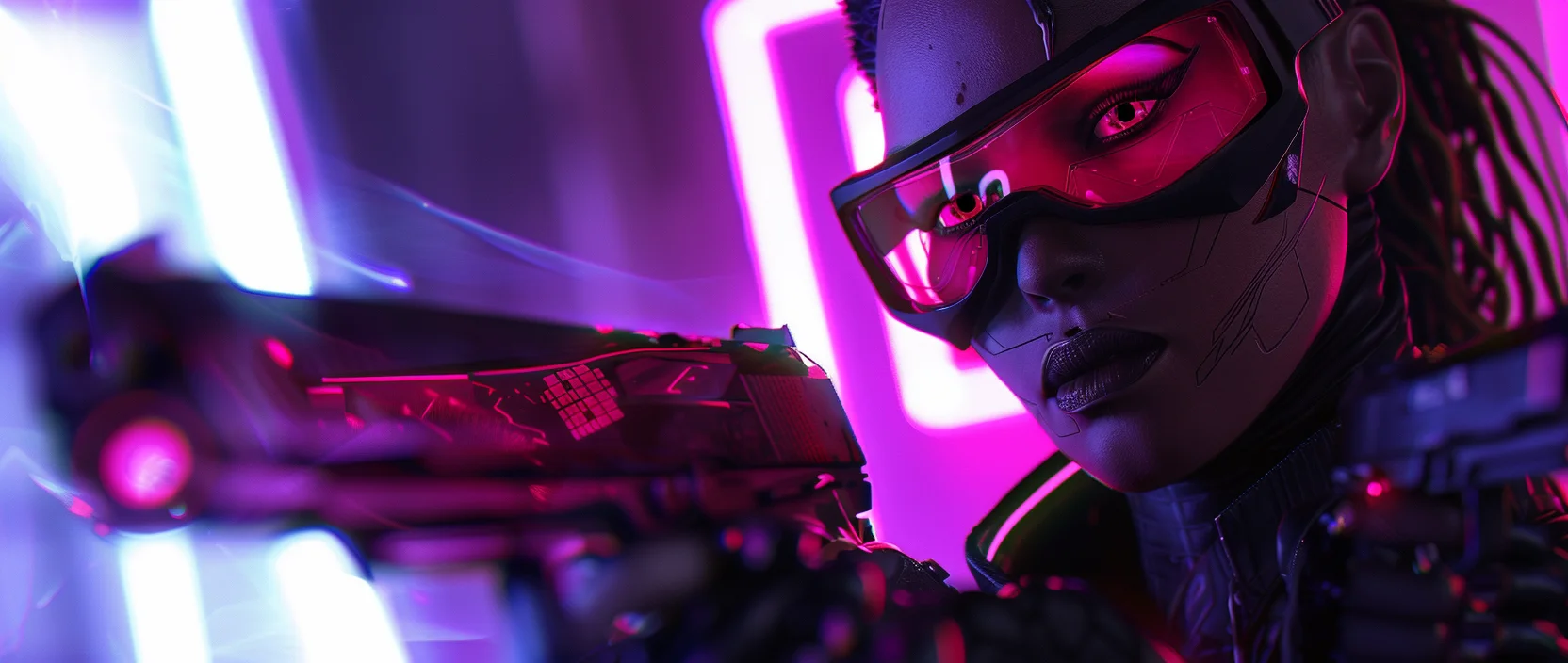Virtua is a multi-platform metaverse that blends social, gaming, and NFT experiences, giving users full ownership of their digital assets. Powered by the TVK token and innovative Web3 technologies, the project offers a hybrid world with interactive islands, a dynamic economy, and tools for creative developers.
Table of Contents
- Virtua Project Overview
- Game Technical Architecture and Infrastructure
- Gameplay and NFT Assets
- Tokenomics and the TVK Token
- Development and Community Engagement
- Conclusion

1. Virtua Project Overview
Virtua is a Web3 metaverse where users can create, play, and interact through NFTs and the TVK token. The platform combines social hubs, immersive game spaces, and tools for showcasing collections and virtual real estate.
The flagship region, Cardano Island, allows players to explore unique locations, race various vehicles, pilot airships, and join events. Built on the Cardano blockchain, it guarantees transparent asset ownership and a decentralized economy.
The ecosystem features NFT assets, a TVK-driven economy, social hubs, and diverse gameplay ranging from races to quests. The combination of on-chain ownership and user-friendly interfaces makes Virtua appealing to both traditional gamers and the Web3 audience.
2. Game Technical Architecture and Infrastructure
The technical foundation of Virtua is designed to support a scalable, interconnected metaverse where game mechanics, economy, and user features work seamlessly together. The architecture combines on-chain technologies with off-chain functionality, ensuring stability, high performance, and flexibility for future updates.
| Infrastructure Layer | Description |
|---|---|
| World-Building | Links all elements of the metaverse and integrates them with the blockchain layer, including data synchronization and in-game events. |
| Inventory | Combines on-chain assets with off-chain elements, including in-game currencies like vCredits and the TVK token powering the project’s economy. |
| Visual Layer | Responsible for 3D models, animations, interactive interfaces, and customization of spaces and in-game objects. |
Additionally, Virtua implements an on-demand mint engine for instant NFT creation on marketplaces like OpenSea (Ethereum/Polygon) and JPG Store (Cardano). The Unified Identity System allows players to use a single account across all ecosystem applications — from mobile and web games to the main metaverse and third-party integrations.
3. Gameplay and NFT Assets
Virtua delivers a layered gameplay experience combining competitive modes, social interaction, and content creation tools. Players influence the evolution of the metaverse by crafting items, managing the economy, and participating in unique events. NFT assets are central, forming the foundation of ownership and in-game interaction.
Key gameplay areas include:
- Web3 Games — such as VFLECTS: Battle for Virtua Prime, developed with AAA studio Stainless Games. The project features phased NFT drops and a staged release.
- Jetman Games — including runners, tournament arenas, monster/mech battles, and activities in the Monster Zone.
- Metaverse Gamification — land produces resources that can be used for crafting new items and NFTs or trading between players. Special events, land generators, and social hubs are also planned.
To extend the experience, Virtua offers a companion mobile app for iOS and Android, enabling asset management and interaction via the vCredits currency, with future integration of TVK as the main medium of exchange.
This gameplay model makes Virtua a flexible platform merging classic gaming, social engagement, and Play-to-Earn economics. NFTs here are not just collectibles but functional assets that shape player progress and strategy.

4. Tokenomics and the TVK Token
The Virtua economy revolves around its native token TVK (Virtua Kolect), the core financial driver of the platform. It powers player incentives, in-game transactions, and long-term engagement. Beyond being a medium of exchange, TVK grants access to exclusive features and premium content.
Main features and uses:
- Launched on December 16, 2021, used for staking, entry to Virtua Prestige clubs, receiving NFT airdrops, bonuses, and special platform features.
- Enables creation of digital collections, fan tokens, and NFT crafting through the Terra Forma tool.
- During the Initial Token Generation Event (TGE), raised ~$2.6M by selling ~343.6M TVK (28.44% of total supply), giving an initial market cap of about $1M. Distribution: investors — 37%, development — 7%, ecosystem reserve — 20%, marketing — 20%, team — 16%.
- Listed on major exchanges including Binance, KuCoin, Kraken, and more.
TVK functions as a universal utility across Virtua, powering gameplay, social activity, economic interactions, and user-generated content. This creates a sustainable tokenomics model that supports project growth and long-term community engagement.
5. Development and Community Engagement
Virtua grows its ecosystem through partnerships with brands, media, and players, creating cross-media projects in film, music, sports, and Web2 IPs. Notable partners include Godzilla vs. Kong, Kevin Hart, Williams Racing (F1), and others, boosting brand visibility and audience reach.
The official Virtua Wiki on GitBook details game mechanics, objects (Land Bots, NPCs, buildings, vSpaces), loot boxes, projects like Jetpack Hyperleague and VFLECT Lore, along with the roadmap and lore elements.
To increase engagement, Virtua is building Resource Hub V1 for earning rewards and resources, as well as a gaming web hub with NFT rewards and in-game items, enhancing participation in the metaverse.
6. Conclusion
Virtua is a large-scale Web3 platform merging a metaverse, games, NFT marketplaces, and innovative financial tools. Its hybrid architecture, combining blockchain assets with off-chain economy, supports a dynamic, scalable ecosystem. TVK is more than just a token — it’s a gateway to crafting, authentication, and social activity.
The platform’s development includes game projects (VFLECTS, Jetman series), gamified islands, mobile applications, and global brand partnerships. Resources like the Wiki and Resource Hub foster both user and developer participation.
Ultimately, Virtua stands out as a promising Game-Fi and metaverse project, offering diverse interaction scenarios, a strong economy, creative freedom, and scalability.





